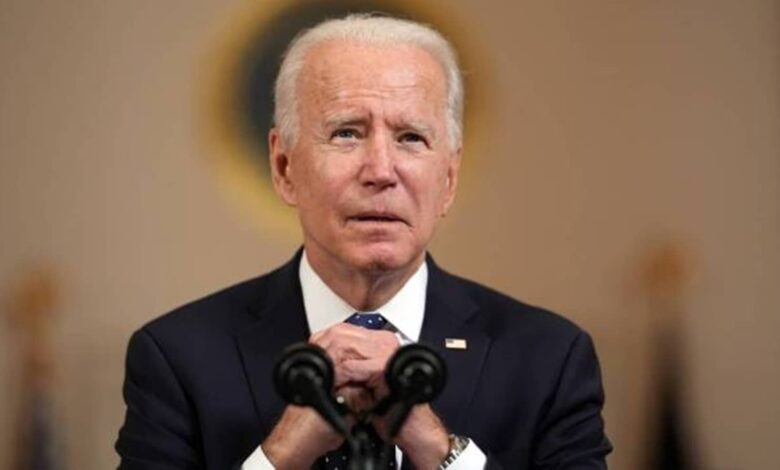
On Monday, President Joe Biden outlined his policy vision for the United States, revealing an ambitious $7.3 trillion spending plan. This proposal serves as a policy blueprint and a strategic pitch to voters ahead of the upcoming election. Biden aims to address the federal deficit and assist individuals struggling with high housing and childcare costs by implementing significant tax increases targeting corporations and high earners.
According to the budget proposal for the 2025 fiscal year starting in October, Biden plans to raise the corporate income tax rate from 21% to 28%. Additionally, individuals earning over $400,000 will face higher tax rates, while those with a wealth of $100 million or more must pay at least 25% of their income in taxes. The government will also seek to negotiate lower drug costs to alleviate the financial burden on Americans.
The budget includes reinstating the child tax credit and allocating funds to childcare programs in a bid to support middle—and low-income earners. Furthermore, it allocates a substantial $258 billion for housing construction, provides paid family leave for workers, and invests billions in combating violent crime and enhancing law enforcement.
The proposed budget strives to reduce annual deficit spending by $3 trillion over ten years, although it will not completely halt the growth of the $34.5 trillion national debt. Deficits are projected to reach $1.8 trillion in the 2025 fiscal year, equivalent to 6.1% of the GDP, before gradually decreasing to under 4% over the decade, as predicted by the White House.
Biden’s budget proposal also emphasizes the need for funding for border security, Israel, Ukraine, Taiwan, and other national security priorities. These issues have faced delays due to Republican congressional leadership.
Releasing the budget shortly after his State of the Union address, where he criticized his expected Republican opponent, Donald Trump, Biden is now headed to New Hampshire, a crucial battleground state. Trump, known for implementing significant tax cuts during his presidency, intends to raise tariffs on imported goods and reduce energy regulations.
The White House’s economic forecasts anticipate real GDP growth of 1.7% in 2024 and 1.8% in 2025, projected to rise to 2.2% by 2030. Inflation is forecasted at 2.3% for 2025, with an unemployment rate of 4% expected to decline to 3.8% later in the decade.
It is important to note that White House budgets reflect the president’s aspirations but are subject to the political climate. Currently, Republicans and Democrats are deeply divided over how to allocate approximately $6 trillion in annual funding. Moreover, the government primarily spends more than it generates on mandatory and military programs, making significant cuts unlikely.
House Republicans recently presented a budget plan to balance the federal budget within a decade by reducing federal spending by $14 trillion, including cutting green energy subsidies and student loan forgiveness, while lowering taxes. However, the White House deemed this plan unworkable.
Congress has yet to pass full funding for federal agencies for the current year, leading to delays beyond the October deadline. Last year’s budget standoff between Biden and hardline Republicans resulted in a two-year agreement to cap spending, the removal of House Speaker Kevin McCarthy, and a credit rating downgrade from Fitch.
Biden’s defense budget proposes reducing the number of stealthy F-35 fighter jets and Virginia-class submarines. This adjustment comes after meager 1% increases within the spending caps left fewer funds available than initially anticipated.
As President Biden’s budget proposal undergoes scrutiny and faces political challenges, its impact on the nation’s economy and the upcoming election remains to be seen.



